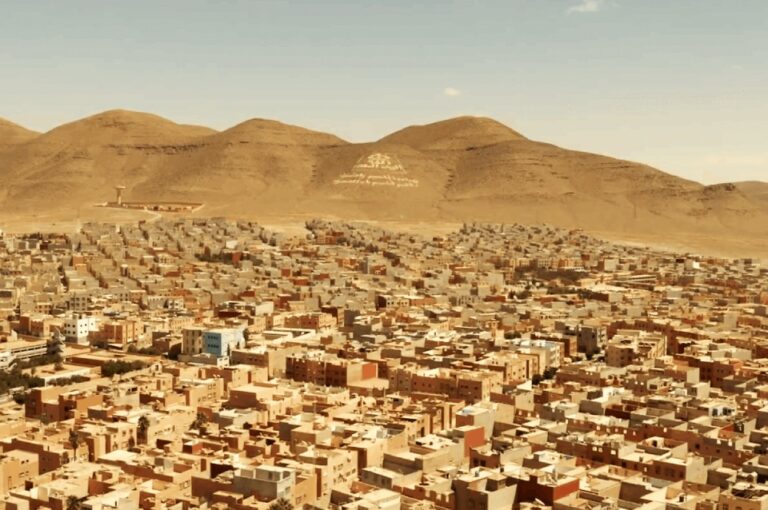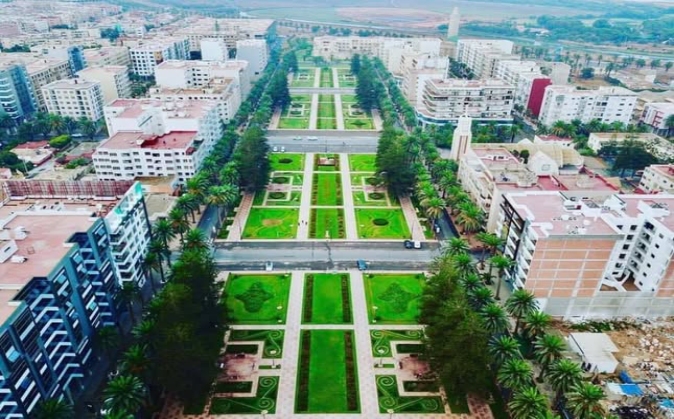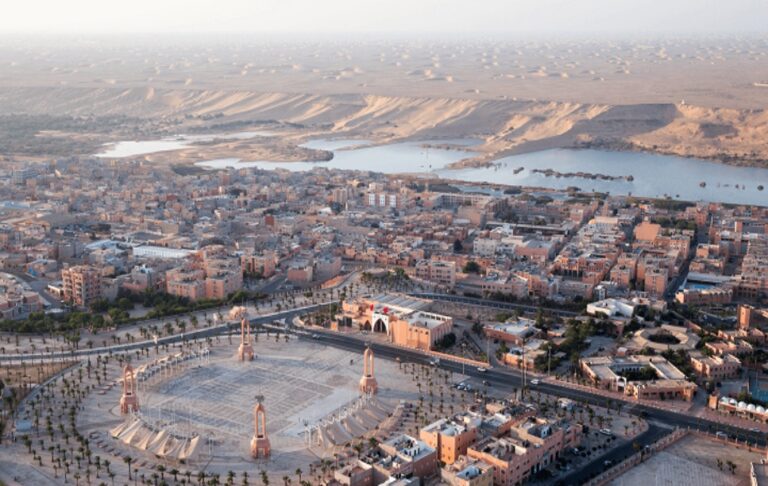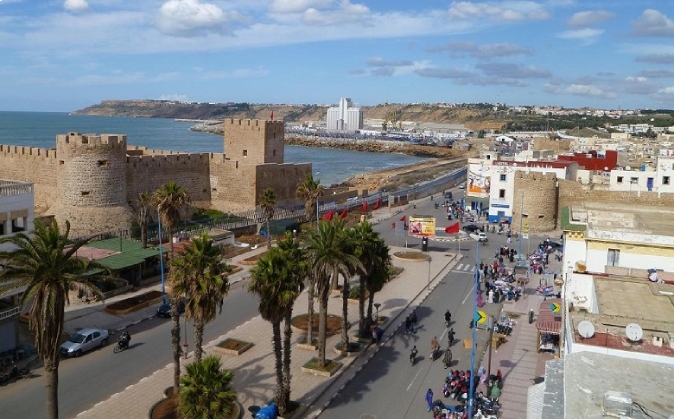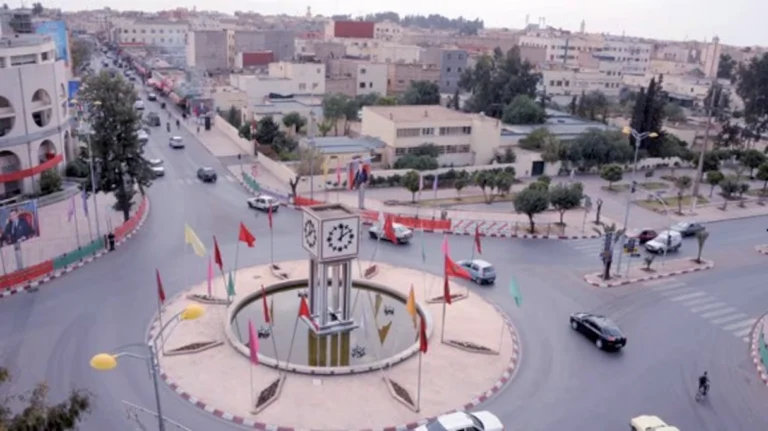Berrechid: A Modern Moroccan City on the Rise

In the dynamic heart of Morocco’s Chaouia plains, just 30 kilometers south of Casablanca, a remarkable transformation is unfolding. Berrechid, once a modest agricultural town, has emerged as one of Morocco’s fastest-developing urban centers—a place where ambitious infrastructure projects meet traditional market culture, where industrial zones sprawl alongside fertile farmlands, and where the pulse of modern Moroccan development beats strongest. This is contemporary Morocco in real-time evolution, offering travelers unique insights into the nation’s economic aspirations and urban transformation.
With a rapidly growing population approaching 140,000 inhabitants, Berrechid represents Morocco’s urbanization story writ large. The city has experienced extraordinary growth over the past two decades, driven by its strategic proximity to Casablanca, excellent transportation connections via highway and railway, and government investment in infrastructure including Morocco’s first high-speed rail line (LGV) connecting Casablanca to Tangier with a major station in Berrechid. This development has transformed the city from agricultural backwater to emerging economic hub.
What makes Berrechid fascinating for curious travelers is witnessing Morocco’s development ambitions in action. This isn’t ancient history preserved in museums or tourist attractions staged for visitors—it’s the raw, sometimes chaotic, always energetic process of a nation building its future. New neighborhoods rise from former farmland, industrial parks attract investment, modern shopping centers stand alongside traditional souks, and rural migrants adapt to urban life, creating a dynamic social landscape that reveals contemporary Moroccan society in transition.
The city maintains strong agricultural connections despite rapid urbanization. Surrounding plains continue producing significant grain, vegetable, and livestock output, making Berrechid an important link between Morocco’s agricultural heartland and urban markets. Weekly souks draw farmers from across the region, creating vibrant marketplaces where traditional commerce persists amid modernization. This blend of agricultural heritage and urban ambition creates unique character—neither fully rural nor completely metropolitan, but something distinctly transitional.
Whether you’re interested in understanding Morocco’s economic development, observing urbanization processes in action, experiencing authentic working-class Moroccan life, or simply seeking affordable accommodation near Casablanca with genuine local character, Berrechid offers perspectives on contemporary Morocco that polished tourist destinations cannot provide. This is Morocco becoming, rather than Morocco preserved.
Strategic Location and Connectivity
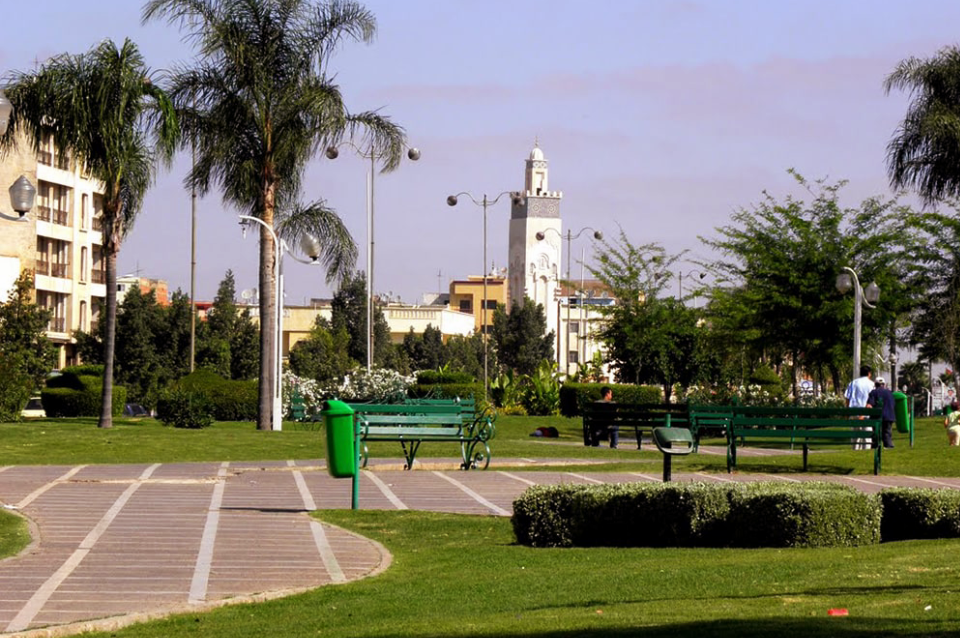
Gateway to Casablanca
Berrechid’s position just 30 kilometers from Casablanca makes it increasingly attractive as a residential and industrial alternative to Morocco’s congested economic capital. Many residents commute to Casablanca for work while enjoying lower living costs and less urban intensity. For travelers, this proximity enables easy Casablanca exploration while avoiding expensive city accommodation.
High-Speed Rail Revolution
The city gained international prominence with the 2018 completion of Morocco’s first high-speed rail line (LGV – Ligne à Grande Vitesse) connecting Casablanca to Tangier. Berrechid’s major station on this line dramatically reduced travel times and enhanced connectivity, symbolizing Morocco’s infrastructure modernization ambitions. The sleek, modern station contrasts sharply with surrounding neighborhoods, embodying the city’s transitional character.
Highway Network Access
Major highways intersect near Berrechid, connecting to Casablanca, Marrakech, Settat, and other destinations. This road network supports the city’s industrial development and makes it a convenient base for regional exploration. The infrastructure quality reflects government investment in facilitating economic growth.
Transportation Hub Functions
Beyond passenger services, Berrechid functions as a logistics and transportation hub with warehousing facilities, freight terminals, and distribution centers serving regional commerce. This infrastructure creates employment while connecting agricultural production to urban markets.
Economic Development and Industrial Growth
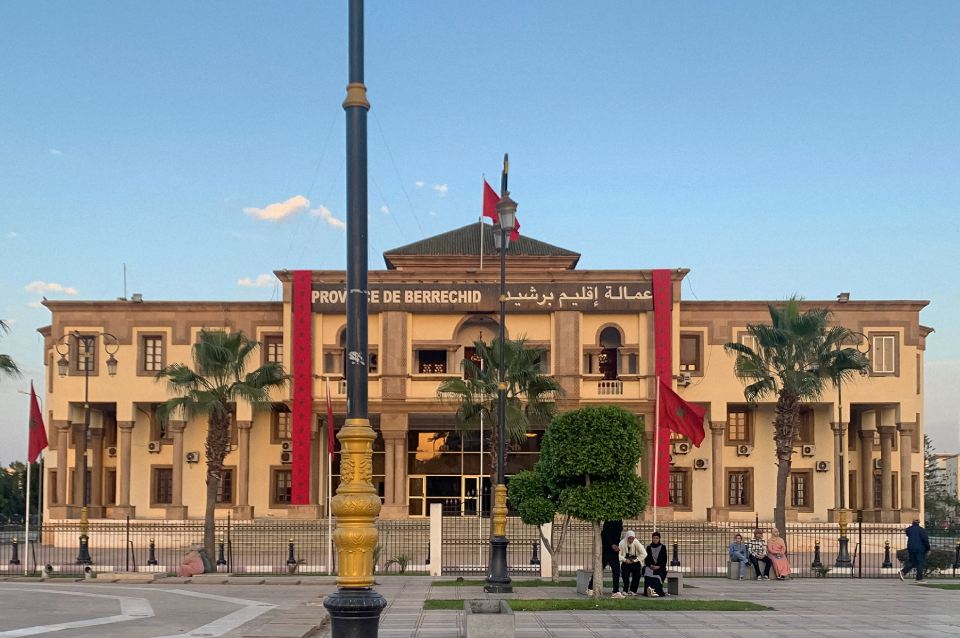
Industrial Zones and Manufacturing
Multiple industrial zones surround Berrechid, hosting manufacturing facilities, processing plants, and logistics operations. These zones represent Morocco’s efforts to diversify economy beyond tourism and agriculture, creating blue-collar employment and attracting domestic and foreign investment.
Construction Boom and Real Estate
Constant construction activity reflects Berrechid’s rapid growth, with new residential developments, commercial buildings, and infrastructure projects continuously expanding the urban footprint. This construction boom provides employment while transforming the physical landscape at remarkable pace.
Emerging Middle Class
Economic growth has fostered an emerging middle class employed in industry, services, transportation, and commerce. This demographic shift creates demand for consumer goods, services, and amenities that further drive urban development and economic diversification.
Agricultural Processing and Agribusiness
The city’s location in Morocco’s agricultural heartland supports food processing industries, agricultural supply businesses, and services connecting rural production to urban consumption. These sectors blend Berrechid’s traditional agricultural character with modern industrial development.
Agricultural Heritage and Rural Connections

Chaouia Plains Agriculture
Despite rapid urbanization, Berrechid remains surrounded by productive agricultural land. The Chaouia plains produce significant wheat, barley, vegetables, and other crops that flow through the city’s markets toward Casablanca and beyond. Understanding this agricultural foundation provides context for the city’s development.
Weekly Agricultural Souk
Traditional weekly markets continue drawing farmers, traders, and buyers from across the region. These vibrant gatherings showcase agricultural products, livestock, and traditional goods while serving as social spaces where rural and urban Morocco intersect. The souks provide authentic cultural experiences and insights into agricultural commerce.
Livestock Markets and Trading
Animal markets remain important despite modernization, with sheep, cattle, and poultry traded using methods largely unchanged for generations. These markets reveal traditional economic practices persisting alongside contemporary development.
Rural-Urban Migration Dynamics
Berrechid attracts migrants from surrounding rural areas seeking employment and urban opportunities. This migration creates diverse neighborhoods where recent arrivals maintain rural customs while adapting to city life, offering insights into Moroccan social change and adaptation.
Urban Development and Modern Infrastructure
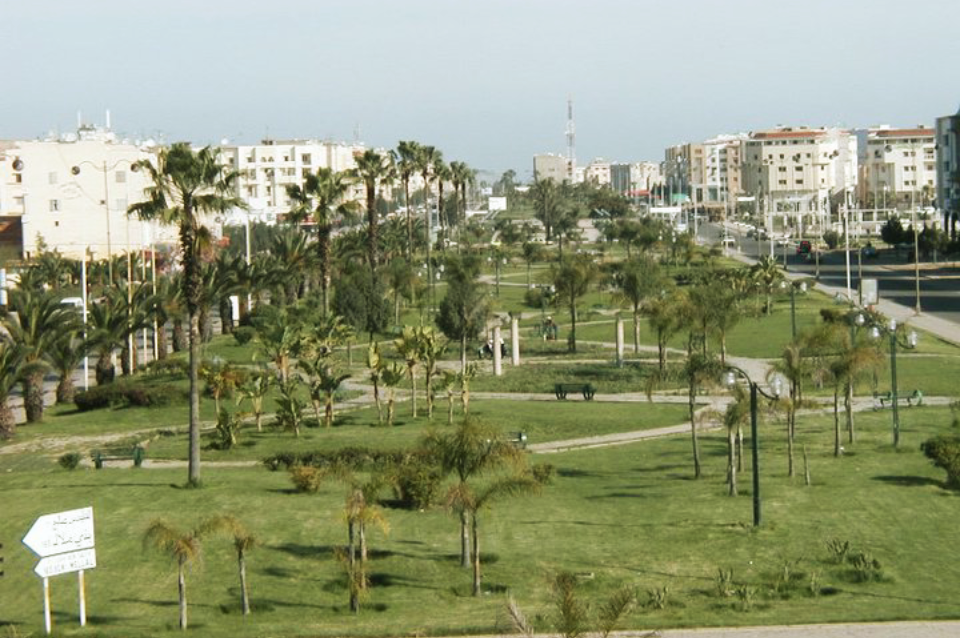
New Neighborhoods and Housing
Continuous residential development creates planned neighborhoods with modern apartment blocks, townhouses, and infrastructure. These areas contrast with older districts, illustrating different development phases and socioeconomic stratifications within the growing city.
Commercial Centers and Retail
Modern shopping centers, supermarkets, and commercial complexes serve the growing middle-class population, offering contemporary retail experiences. These facilities coexist with traditional shops and markets, providing diverse commercial environments.
Educational Facilities
The city hosts various educational institutions from primary schools to technical training centers, reflecting investment in human capital development. Educational infrastructure supports workforce development necessary for industrial growth.
Public Spaces and Amenities
Parks, sports facilities, and community centers serve growing populations, though public space development struggles to keep pace with rapid growth. These amenities reveal municipal priorities and community needs in quickly developing cities.
Cultural Life in Transition
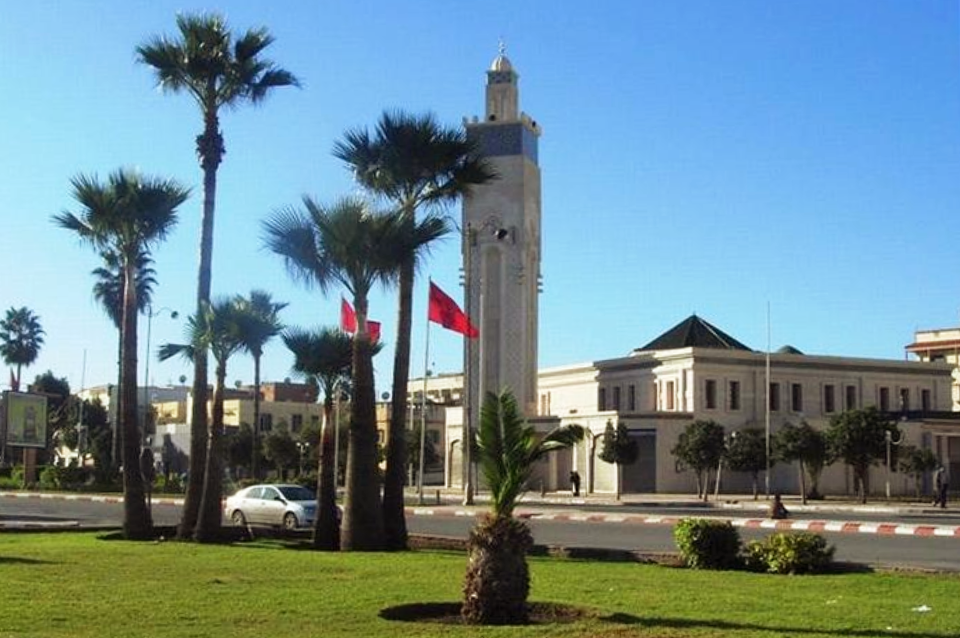
Traditional Market Culture
Despite modernization, traditional market culture remains strong. Weekly souks, daily markets, and neighborhood shops maintain social and commercial traditions even as supermarkets and malls expand. This persistence reveals cultural continuity amid economic change.
Religious and Community Life
Mosques serve as religious centers and community gathering spaces, maintaining their traditional social importance. Religious observances structure daily rhythms while community celebrations bring neighborhoods together.
Youth Culture and Aspirations
A young population (Morocco’s demographic is notably youthful) brings energy, digital connectivity, and evolving cultural attitudes. Cafes fill with young people engaged with smartphones and social media, revealing generational shifts in Moroccan society.
Sports and Recreation
Football (soccer) dominates recreational culture with local teams, amateur leagues, and passionate fan communities. Sports facilities provide social spaces and outlets for competitive energy, particularly among young males.
Practical Considerations for Visitors

Accommodation Options
Berrechid offers various lodging from budget hotels to small guesthouses, all at prices significantly lower than Casablanca. While lacking luxury tourist hotels, available options provide clean, adequate accommodation serving business travelers and budget-conscious visitors.
Transportation Within the City
Local taxis (petit taxis) provide affordable transportation within the city. The compact downtown area is walkable, though outlying industrial zones and new neighborhoods require vehicles. Grand taxis connect to nearby towns and rural areas.
Essential Services and Amenities
Banks, ATMs, pharmacies, medical facilities, and shops provide necessary services. As a growing city, Berrechid maintains adequate infrastructure for visitor needs, though service quality may be more basic than in major tourist destinations.
Communication and Connectivity
Mobile phone networks and internet access are widely available. The city’s proximity to Casablanca ensures good connectivity, and many cafes offer Wi-Fi access.
Day Trips and Regional Access
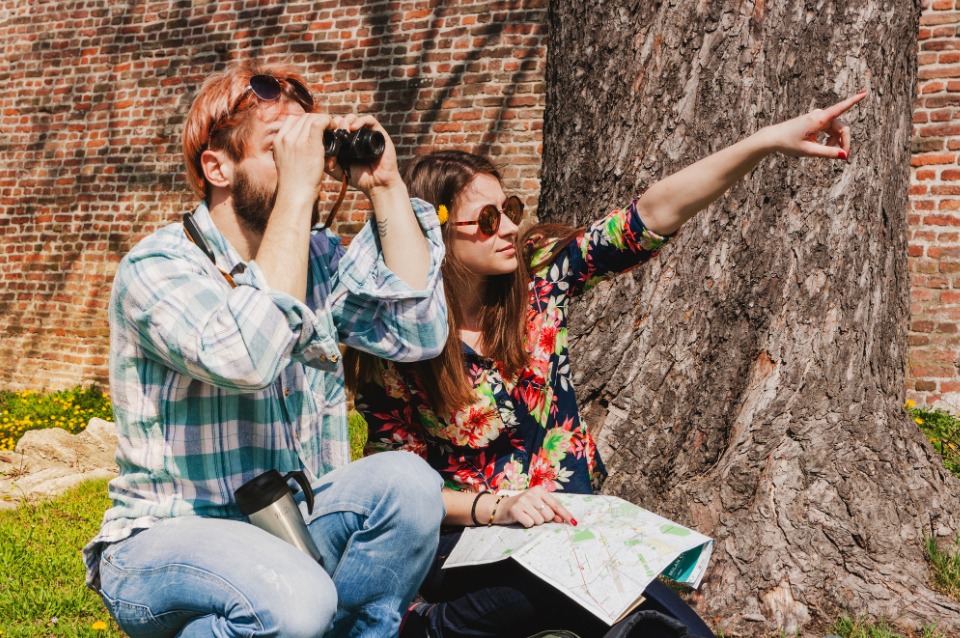
Casablanca Exploration
The 30-kilometer distance to Casablanca enables easy day trips to Morocco’s economic capital. Visitors can explore the Hassan II Mosque, visit the Corniche, experience urban Moroccan culture, and access international amenities while returning to affordable Berrechid accommodation.
Mohammedia Beach Access
The coastal city of Mohammedia lies approximately 40 kilometers northwest, offering beach relaxation, seafood dining, and maritime atmosphere as pleasant contrast to Berrechid’s inland character.
Settat and Agricultural Plains
Traveling south to Settat reveals more agricultural landscapes and provincial Moroccan city life. The route showcases the Chaouia plains’ productivity and rural settlement patterns.
Marrakech Direction
Berrechid’s highway connections make it a convenient stopping point for travelers moving between Casablanca and Marrakech. The position allows breaking the journey while experiencing authentic Moroccan urban life.
Culinary Experiences and Local Dining

Working-Class Moroccan Food
Local restaurants serve hearty, affordable Moroccan cuisine prepared for working populations rather than tourist palates. This means generous portions, robust flavors, and authentic preparations at prices reflecting local rather than tourist economies.
Market Fresh Ingredients
Proximity to agricultural areas ensures fresh ingredients in local markets and restaurants. Seasonal produce, fresh meats, and dairy products appear quickly from farm to table, enhancing food quality despite simple preparations.
Street Food and Casual Dining
Various street food options including sandwiches, grilled meats, fresh juices, and traditional snacks provide quick, affordable meals. These vendors serve local workers and families, offering genuine fast food Moroccan style.
Traditional Bakeries
Neighborhood bakeries produce traditional breads and pastries that remain central to Moroccan meals. Morning bread purchases represent daily rituals and social interactions that structure community life.
Observing Morocco’s Development
Construction and Growth Dynamics
Witnessing active construction sites, new infrastructure, and urban expansion provides insights into Moroccan development priorities and methods. This real-time observation reveals more about contemporary Morocco than historical sites can offer.
Social Change and Adaptation
Observing how traditional customs adapt to urban industrial life, how rural migrants navigate city environments, and how families balance tradition with modernity provides valuable sociological insights.
Economic Aspirations
The city embodies Morocco’s economic ambitions—diversifying beyond tourism and agriculture, creating industrial employment, developing infrastructure, and building modern urban centers. Understanding these aspirations helps contextualize national development strategies.
Challenges of Rapid Growth
Rapid development brings challenges including traffic congestion, inadequate public services, environmental pressures, and social adjustment difficulties. Observing these challenges provides balanced understanding of Morocco’s development journey.
Tips and Recommendations

Why Visit Berrechid?
- Experience contemporary Moroccan development firsthand
- Enjoy affordable accommodation near Casablanca
- Observe authentic working-class Moroccan life
- Access excellent transportation connections
- Experience traditional markets alongside modern infrastructure
- Witness Morocco’s urbanization and economic transformation
What to Expect?
- A working city, not a tourist destination
- Basic but adequate amenities and services
- Minimal English language; French and Arabic predominate
- Conservative social customs
- Genuine curiosity from locals unaccustomed to foreign visitors
- Lower prices than tourist destinations
Cultural Sensitivity
- Dress modestly and conservatively
- Respect Islamic customs and prayer times
- Ask permission before photographing people
- Be patient with language barriers
- Show genuine interest in local life
- Understand you’re observing real communities, not attractions
Practical Matters
- Carry cash; credit card acceptance is limited
- Use the high-speed train station for efficient regional travel
- Visit weekly souks for authentic market experiences
- Stay aware of traffic in rapidly developing areas
- Confirm accommodation quality before booking
- Learn basic Arabic or French phrases
Hidden Gems and Authentic Experiences
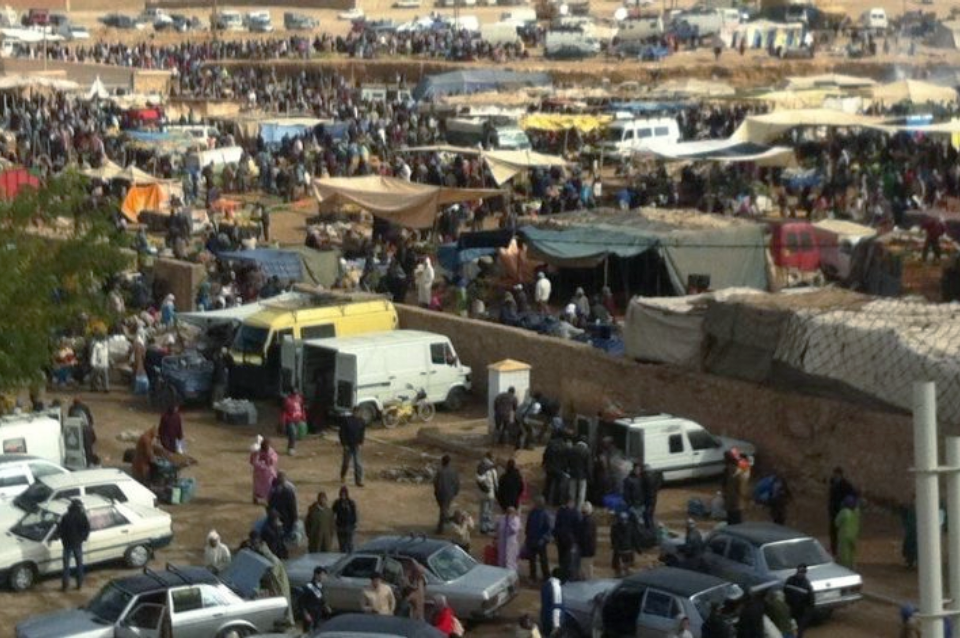
Early Morning Market Activity
Arriving at markets early reveals daily rituals as vendors arrange displays, farmers deliver produce, and the city awakens. These peaceful hours provide excellent observation before crowds arrive.
High-Speed Rail Experience
Riding Morocco’s modern trains showcases infrastructure achievements and provides comfortable, efficient transportation while connecting to broader rail networks reaching across Morocco.
Industrial Area Observations
Viewing industrial zones (from public areas) reveals the scale of Morocco’s manufacturing ambitions and the daily life of blue-collar workers supporting economic development.
Neighborhood Cafes and Social Life
Local cafes serve as community gathering spaces where men socialize, discuss current events, and maintain social bonds. These establishments welcome respectful visitors and provide windows into everyday social dynamics.
Construction Site Fascination
For those interested in urban development, observing construction methods, architectural styles, and development patterns provides insights into Morocco’s building practices and growth management approaches.
FAQs
Q1: Why would tourists visit Berrechid when it has no traditional tourist attractions? A: Berrechid appeals to travelers interested in contemporary Morocco rather than historical sites. It offers authentic experiences of Moroccan urban development, working-class life, and economic transformation that tourist destinations cannot provide. Additionally, its proximity to Casablanca makes it ideal for budget-conscious travelers wanting affordable accommodation while exploring Morocco’s economic capital. The city reveals how ordinary Moroccans live and work in developing urban centers.
Q2: Is Berrechid safe for international tourists? A: Yes, Berrechid is very safe with low crime rates. As a working city rather than tourist destination, visitors are uncommon enough to attract curious interest but this typically manifests as helpful hospitality. Standard travel precautions are sufficient. The lack of tourist-focused infrastructure actually reduces common scams. Conservative dress and respectful behavior are important in this traditional working-class environment.
Q3: How does Berrechid’s location benefit travelers? A: Berrechid’s strategic position offers multiple advantages: just 30 kilometers from Casablanca for easy day trips; major high-speed rail station connecting to Tangier and Marrakech; highway access to multiple destinations; significantly lower accommodation and dining costs than Casablanca; and authentic Moroccan experiences while maintaining proximity to international airport and urban amenities. It’s ideal for budget travelers wanting Casablanca access without city expenses.
Q4: What’s the high-speed train experience like, and how does it benefit visitors? A: Morocco’s high-speed train (Al Boraq) connecting Casablanca to Tangier via Berrechid reaches speeds up to 320 km/h, making it Africa’s fastest train. The modern, comfortable service dramatically reduces travel times—Berrechid to Tangier takes about 1.5 hours. For visitors, this means efficient transportation between northern Morocco destinations while experiencing Morocco’s infrastructure achievements. The Berrechid station is modern and well-designed, contrasting interestingly with the surrounding developing city.
Q5: How long should I stay in Berrechid, and what would I do there? A: Most travelers allocate 1-2 nights, often as an affordable base for Casablanca exploration or a stopover between destinations. Activities include visiting weekly agricultural markets, observing urban development, experiencing authentic working-class Moroccan life, using the high-speed train for regional trips, and enjoying affordable local dining. The city works best for travelers interested in contemporary Morocco, budget accommodation near Casablanca, or understanding Moroccan urbanization rather than those seeking traditional tourist experiences.

